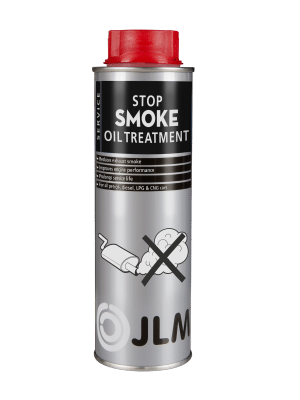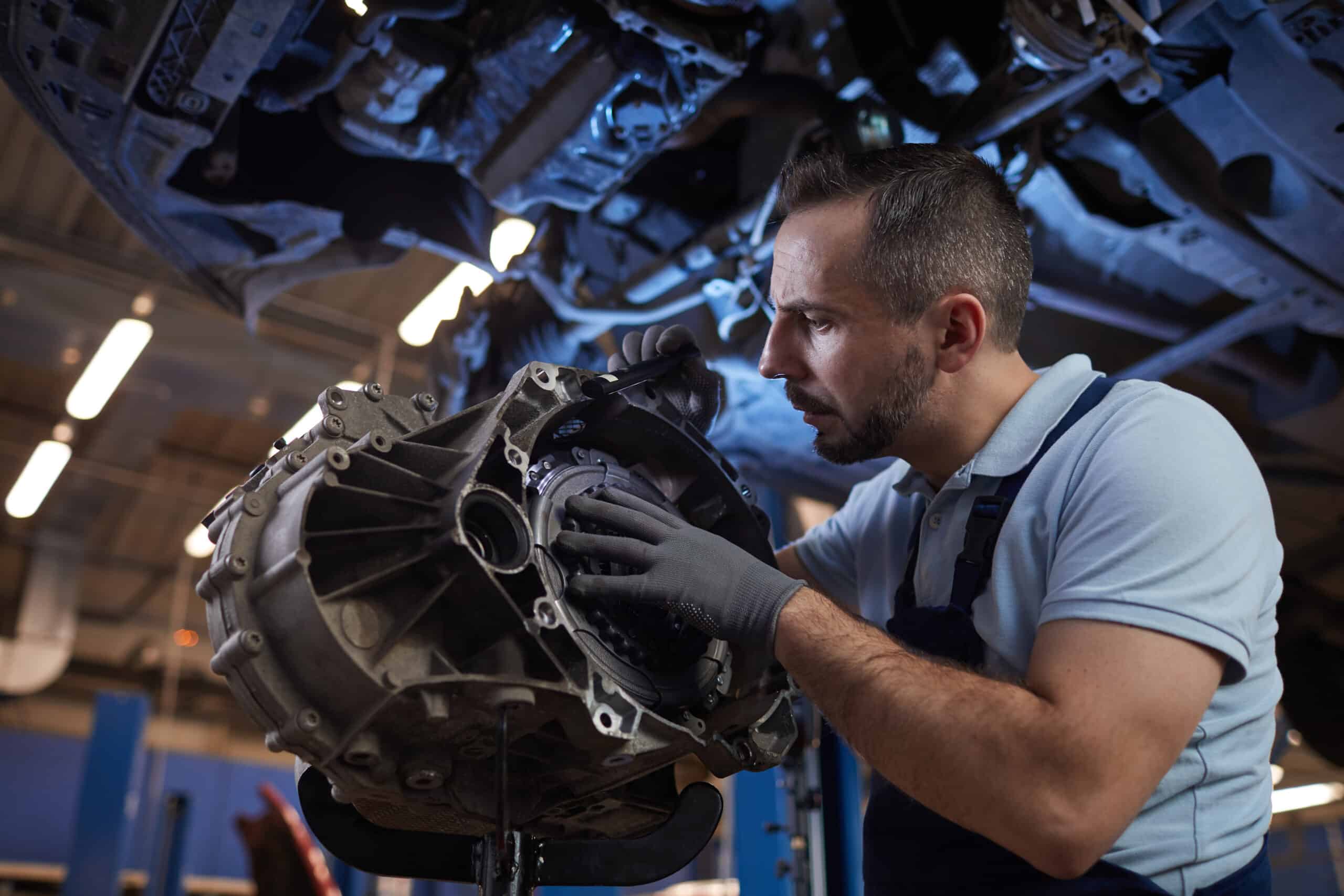If your car is producing blue smoke from the exhaust, it’s often a sign that the engine is burning oil. This can increase fuel consumption, lower performance, and cause long-term engine damage if left untreated.
JLM Stop Smoke Oil Treatment is a specially developed oil additive designed to reduce blue exhaust smoke, cut oil consumption, and restore efficiency in petrol, diesel, LPG, and CNG vehicles.
Product information
Does JLM Stop Smoke Oil Treatment work?
Yes, JLM Stop Smoke Oil Treatment really works. It’s been specially formulated to tackle the causes of blue exhaust smoke and improve overall engine health.
The concentrated additive package does three key things:
- Reduces exhaust smoke: It cuts smoke caused by burnt oil by reducing unwanted play between worn parts like piston rings and valve seals. At the same time, it makes oil seals more supple, so they seal properly again.
- Restores performance: By helping engine components seal and function as they should, the compression ratio increases. This leads to a smoother, better-performing engine with more power and lower fuel consumption.
- Prolongs engine life: The formula increases oil viscosity, meaning the oil clings better to moving parts and provides stronger lubrication. With less wear and better protection, the engine’s service life is extended considerably.
For drivers experiencing blue smoke from the exhaust, higher oil consumption, or reduced performance, JLM Stop Smoke Oil Treatment is a proven way to restore confidence in your car without expensive repairs.
How to use JLM Stop Smoke Oil Treatment
It’s quick and straightforward to use JLM Stop Smoke Oil Treatment:
- Warm up the engine to normal running temperature.
- Pour the JLM Stop Smoke Oil Treatment directly into the engine oil — ideally during an oil change, but it can also be added between services.
- Drive as normal — the additive mixes with the oil and begins working straight away.
- For best results, repeat with every oil change and stick to regular servicing.
JLM Stop Smoke Oil Treatment can be mixed with all mineral, synthetic, monograde and multigrade oil types.
Why choose JLM Stop Smoke Oil Treatment?
- Trusted by UK mechanics and motorists
- Reduces blue smoke from exhausts quickly and effectively
- Saves money on oil top-ups and costly repairs
- Extends the life of older, higher-mileage cars
If you want to stop blue exhaust smoke, reduce oil use, and keep your car running smoothly, JLM Stop Smoke Oil Treatment is the trusted solution.
Related products
To help keep your engine clean and running at its best, JLM also offers:
Learn more about preventing exhaust smoke
Find more tips and advice from JLM’s technical experts:
FAQs about blue smoke from exhaust
What does blue smoke from exhaust mean?
If you see blue or grey smoke coming from your exhaust, it usually means your engine is burning oil. This is most common in diesel engines but can affect petrol engines, too.
The main causes include:
- Worn piston rings: The most common culprit. Piston rings are meant to seal the combustion chamber and stop oil leaking into the cylinder. When they wear out, oil slips past and burns with the fuel.
- Valve seal problems: Worn or damaged seals around the valves can allow oil to seep into the cylinder, producing blue smoke.
- Turbocharger faults: A failing turbo can leak oil into the intake system, leading to oil being burnt and blue/grey smoke appearing.
- Less likely issues: Such as excessive engine vacuum from a faulty PCV valve or clogged breather, or even a damaged cylinder head gasket.
The shade and intensity of the smoke can also tell you more:
- Blue smoke is often seen on start-up, when cold engine oil slips past seals and rings.
- Grey smoke may indicate continuous oil burning during normal driving.
- Heavy smoke generally points to more severe wear or faults.
How to get rid of blue smoke from exhaust
There are several ways to reduce or stop blue exhaust smoke:
- Add an oil treatment: JLM Stop Smoke Oil Treatment helps restore oil thickness, fills the gaps between worn parts, and stops excess oil burning.
- Use the correct engine oil: Always stick to the grade recommended by the manufacturer.
- Keep up with servicing: Regular oil and filter changes, checking seals, and maintaining the PCV system can make a big difference.
- Repair if necessary: If components are badly worn, mechanical repair may still be needed, but an oil treatment is an affordable and effective first step.
Frequently
asked
questions
These are the most common questions we get from a potential distributor.



